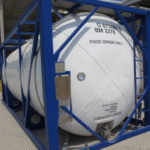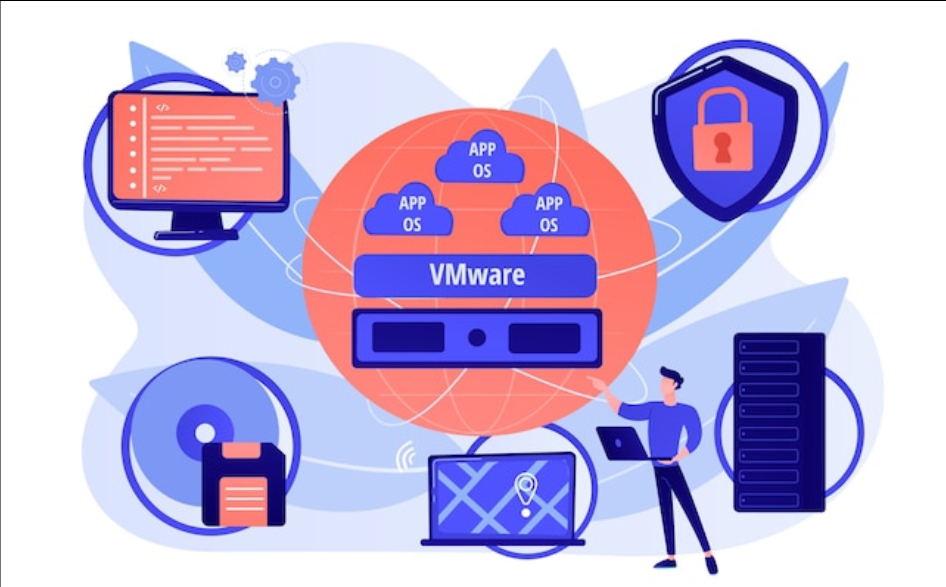Introduction: Why NIST 800-171 Compliance Matters for Small Businesses
As the cybersecurity threat landscape continues to evolve, the Department of Defense (DoD) is holding contractors to higher standards—regardless of size. For small businesses working within the defense industrial base (DIB), NIST 800-171 compliance is no longer optional. It’s a requirement for handling Controlled Unclassified Information (CUI) and winning DoD contracts.
However, for many smaller companies, achieving compliance with NIST SP 800-171 can be overwhelming due to limited resources, technical complexity, and evolving expectations. In this blog, we’ll explore the most common challenges small businesses face and how to overcome them.
What is NIST 800-171? A Quick Overview of the Standard
NIST SP 800-171 is a set of 110 security controls issued by the National Institute of Standards and Technology (NIST). These controls are designed to help non-federal organizations protect CUI in their IT systems and environments.
NIST 800-171 is central to:
- DFARS 252.204-7012 compliance
- CMMC Level 2 requirements
- Submitting accurate SPRS scores
Failure to implement these controls can result in lost contract opportunities and security vulnerabilities.
Top Challenges Small Businesses Face in Meeting NIST 800-171 Requirements
Small businesses often lack the time, tools, and in-house talent needed to comply. Let’s explore the most pressing issues:
Limited Resources and Budget Constraints
Unlike large defense contractors, small businesses may struggle to allocate budgets for compliance tools, assessments, and cybersecurity personnel. Costly implementations like advanced logging, endpoint protection, and secure enclaves often feel out of reach.
Lack of In-House Cybersecurity Expertise
Most small businesses don’t have a full-time compliance officer or security analyst. Understanding NIST’s technical jargon, frameworks, and documentation requirements without prior knowledge can be daunting.
🔹 Pro Tip: Partner with a compliance consultant or Registered Practitioner (RP) experienced in NIST 800-171 and CMMC to guide your implementation.
Complexity in Implementing Technical Security Controls
Implementing and maintaining controls like:
- Access control and multifactor authentication (MFA)
- Audit logging and system monitoring
- Encryption of data at rest and in transit
Managing and Protecting Controlled Unclassified Information (CUI)
Many small businesses struggle to identify, label, and isolate CUI within their environment. This often results in accidental data sprawl, increasing the risk of non-compliance and exposure.
🔹 Pro Tip: Conduct a CUI data inventory and enforce strict access controls using role–based access and data loss prevention (DLP) tools.
Keeping Up with Evolving Compliance Requirements and Updates
NIST guidelines and DoD acquisition clauses (like DFARS 7019/7020) continue to evolve. Without a dedicated compliance team, staying updated becomes a serious challenge.
🔹 Pro Tip: Subscribe to industry alerts or work with a consultant who can provide updates and remediation plans proactively.
The Risk of Non-Compliance: Potential Impacts on Contracts and Reputation
Non-compliance with NIST 800-171 can lead to:
- Ineligibility for DoD contracts
- Lower SPRS scores, hurting your competitiveness
- Legal and financial penalties under the False Claims Act
- Reputational damage among primes and government agencies
Non-compliance isn’t just a technical issue—it’s a business risk.
Practical Solutions to Overcome NIST 800-171 Compliance Challenges
Start with a Gap Assessment: Identify where you stand vs. NIST controls.
Leverage Pre-Mapped Tools: Use solutions that already align with NIST 800-171 controls (e.g., Microsoft GCC High).
Document Everything: Maintain policies, incident response plans, and access logs.
Train Your Team: Ensure employees are educated on CUI handling and security awareness.
Work with a Trusted Partner: Collaborate with a provider like CMMCITAR that specializes in helping small businesses achieve compliance quickly and affordably.
Conclusion: Building a Sustainable Compliance Strategy for Long-Term Success
Achieving NIST 800-171 compliance may seem intimidating for small businesses—but with the right guidance, tools, and strategy, it’s entirely achievable. Remember, compliance isn’t a one-time project—it’s an ongoing commitment that can help your company win contracts, build trust, and protect sensitive data.






